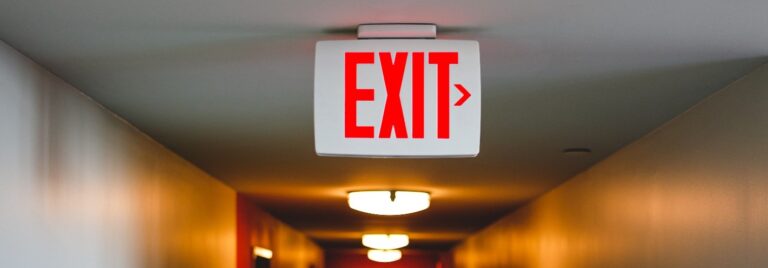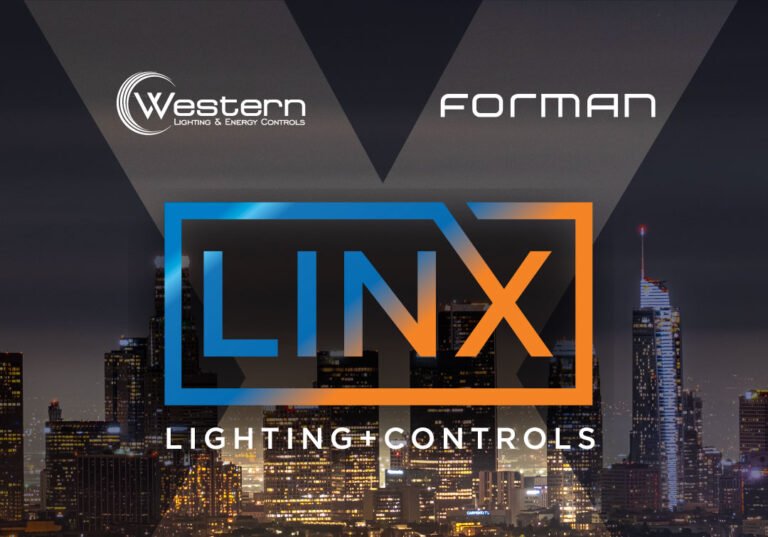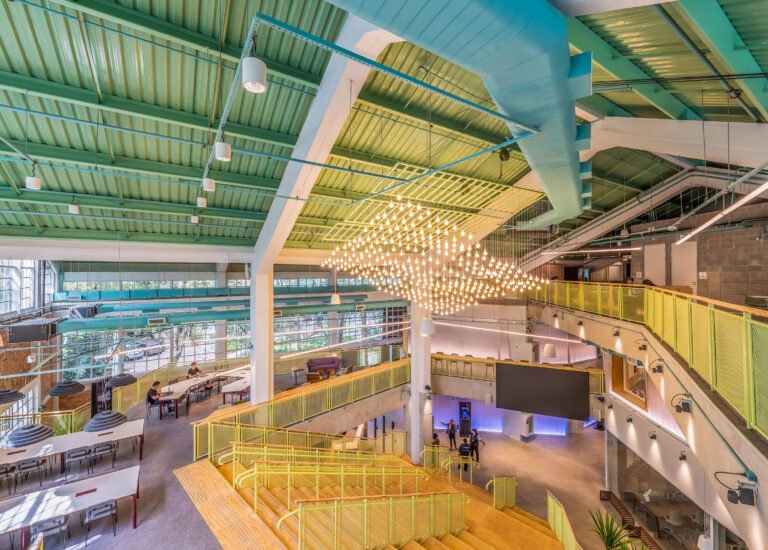The Importance of Emergency Lighting
At least once in your life, you might have been involved in an emergency that required you to exit the building. Whether it was at school, work, or anywhere else, you might remember looking for the bright LED sign with the word in all caps: “EXIT.”
For businesses with warehouses, buildings, or other professional establishments, safety for you and your colleagues is paramount!
But where do you start? What type of emergency lighting should you use? What should you look for when purchasing? What even is emergency lighting?
Don’t worry, we won’t leave you in the dark, learn more about emergency lighting below!

So, what is emergency lighting?
The role of emergency, or egress, lighting is to provide high visibility for the safety of an area that is suffering from a power outage or emergency. Whenever evacuation is required, emergency lighting is what’s left to create a path for individuals to navigate out of the affected area.
The importance of providing this visibility is to limit any accidents that could happen without proper lighting; outside of the general panic, accidents could occur. At best, these accidents might only be people bumping into each other or objects around the area, but at worst, these could be severe injuries or death.
Because of this importance, emergency lighting is often required in most commercial buildings and structures. While there are some exceptions noted in the NFPA 101 Chapters, usually smaller places of operation, you can expect that your business will need emergency lighting to illuminate the means of egress. According to the NFPA, other regulations of emergency lighting include “be provided in designated stairs, aisles, corridors, and passageways leading to an exit […] automatically illuminate for at least 90 minutes upon the loss of power, the opening of a circuit breaker, or a manual act such as the opening of a switch to the normal lighting so the occupants can egress the building safely.” Especially in California, emergency lighting must also adhere to Title 24 regulations.
With this understanding of what emergency lighting is, the importance, and its requirements, the next step is to decide what type of emergency lighting works best for your business!
Wait, there are different types?
This might come off as a surprise, but there is actually a variety of emergency lighting you could use for your business!
The most common type of emergency lighting you might see in buildings is the exit sign. Recognizable by the bright red (or green) lettering of “EXIT,” you can see them positioned high above and close to the nearest exits in the building.
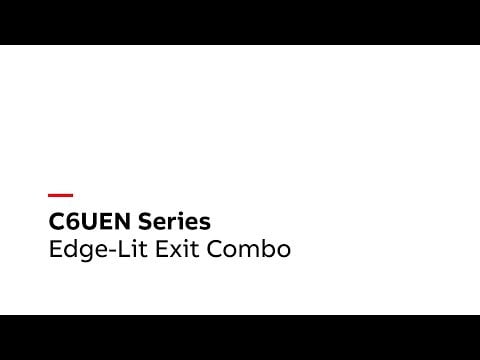
Standby lighting is another type though, in reality, this form of lighting carries a variety of sub-types. Because emergencies can happen anywhere, they can occur in places where activity needs to continue, like a hospital. Standby lighting offers a temporary solution during these outages. Two examples of these sub-types include:
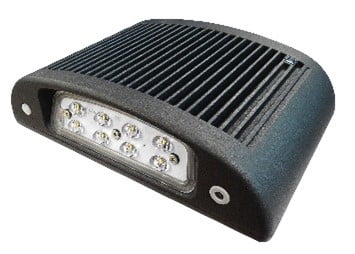
1- Wet location – Are waterproof and excel in locations with water, high moisture, or even freezing temperatures.
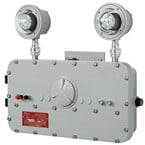
2- Hazardous location – If the environment contains flammable gas or vapors, is at risk for fires or even explosions, these lights are certified to stand any flammable emergencies.
While it may feel slightly daunting to have so many options, every type of emergency lighting is for your safety and the safety of others! The importance is to make sure you have some sort of emergency lighting for your business.
Okay, where do I start with buying emergency lighting?
The best first step when purchasing emergency lighting is to work with professionals! They would not only be able to give insight on which type of emergency lighting is best for you, but they can also conduct an on-site survey to identify all exits in your building and explain the various code requirements. This inspection is a massive help in the long term as it can prepare you for every possible emergency scenario.
Another concern you might have is pricing. How can you find a high-quality product without sacrificing the functionality of the emergency lighting product? Battery backups, installation, and maintenance costs can all add up, which feels overwhelming for the sake of safety.
But here’s a tip for you…go for LED emergency lights! Inexpensive but efficient, these can run for hours without taking away too much energy.
Emergency lighting has so many options and energy-saving alternatives, and it would behoove you not to take the plunge and start looking now!
If some of the products shown caught your eye, we have good news for you, because they come from the following lines that offer efficient, inexpensive, and high-quality emergency lighting. Check them out today: LVS, Light Alarms, DSPM, and Active Safety!
For more information on the NFPA regulations and codes, please see the list below:
- International Building Code (IBC), 2015 edition.
- NFPA 70: National Electrical Code (NEC), 2017 edition.
- NFPA 99: Health Care Facilities Code, 2015 edition.
- NFPA 101: Life Safety Code, 2015 edition.
- NFPA 110: Standard for Emergency and Standby Power Systems, 2016 edition.
- NFPA 111: Standard on Stored Electrical Energy Emergency and Standby Power Systems, 2016 edition.
- Title 24 Regulations
Thanks for reading, and stay tuned for next month’s blog post where we delve deeper into the world of emergency lighting!
About Western Lighting and Energy Controls
Western Lighting and Energy Controls is an employee-owned representative agency in Southern California partnering with top manufacturers in lighting, controls, and energy management. We don’t just go for the sale – we focus on YOU: making sure you have full understanding of the product(s) in question and their technical detail. Along with educational opportunities offered, we ensure your project requirements and unique business needs are delivered on time, within budget, and of top quality. Whether you’re in design, budgeting, or installation processes, our teams will make your life easier with our quality expertise and proactive customer support.
For more information, contact us here at Western Lighting and Energy Controls.

